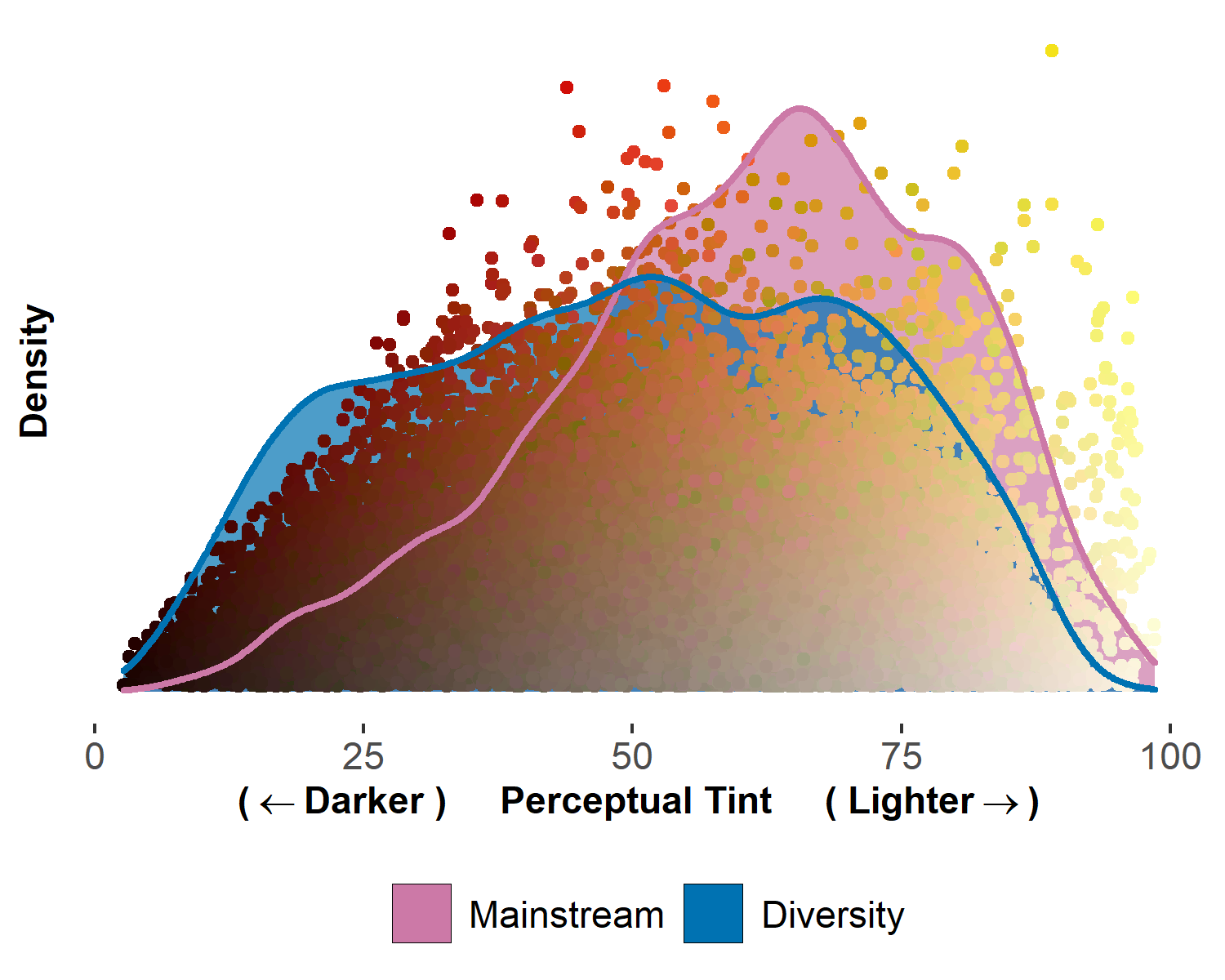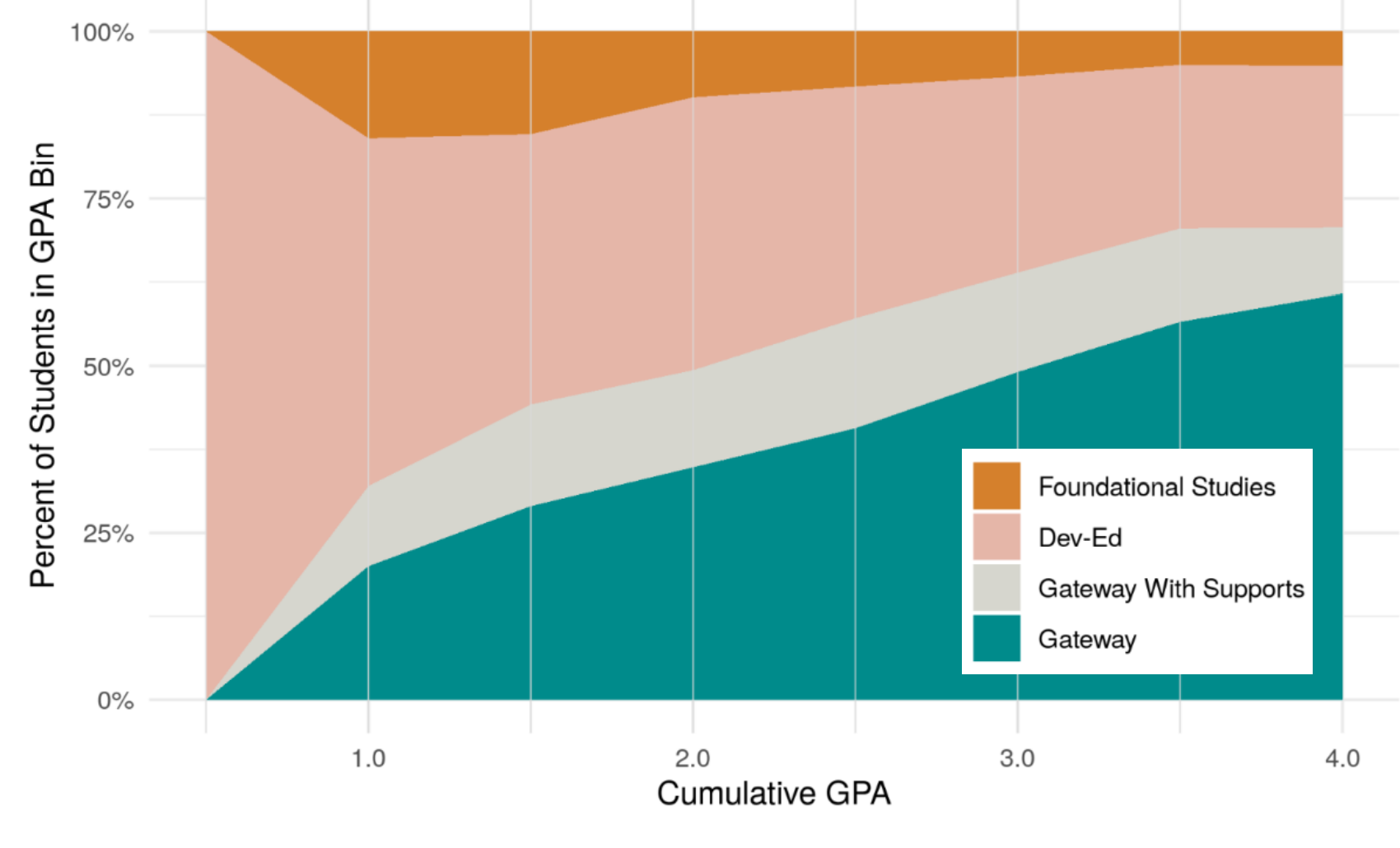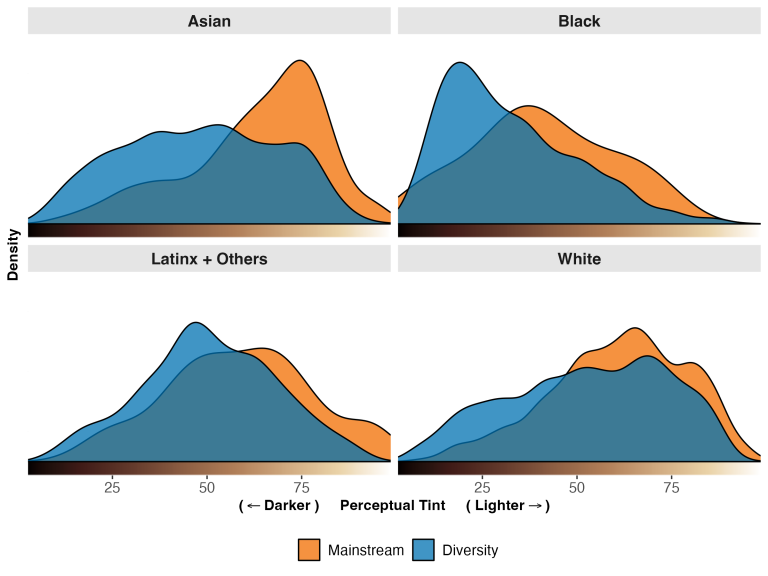Research
Working Papers
“Impact of Free Community College: Evidence From Chicago” (Job Market Paper) Link to Paper
with Kelly Hallberg
Abstract
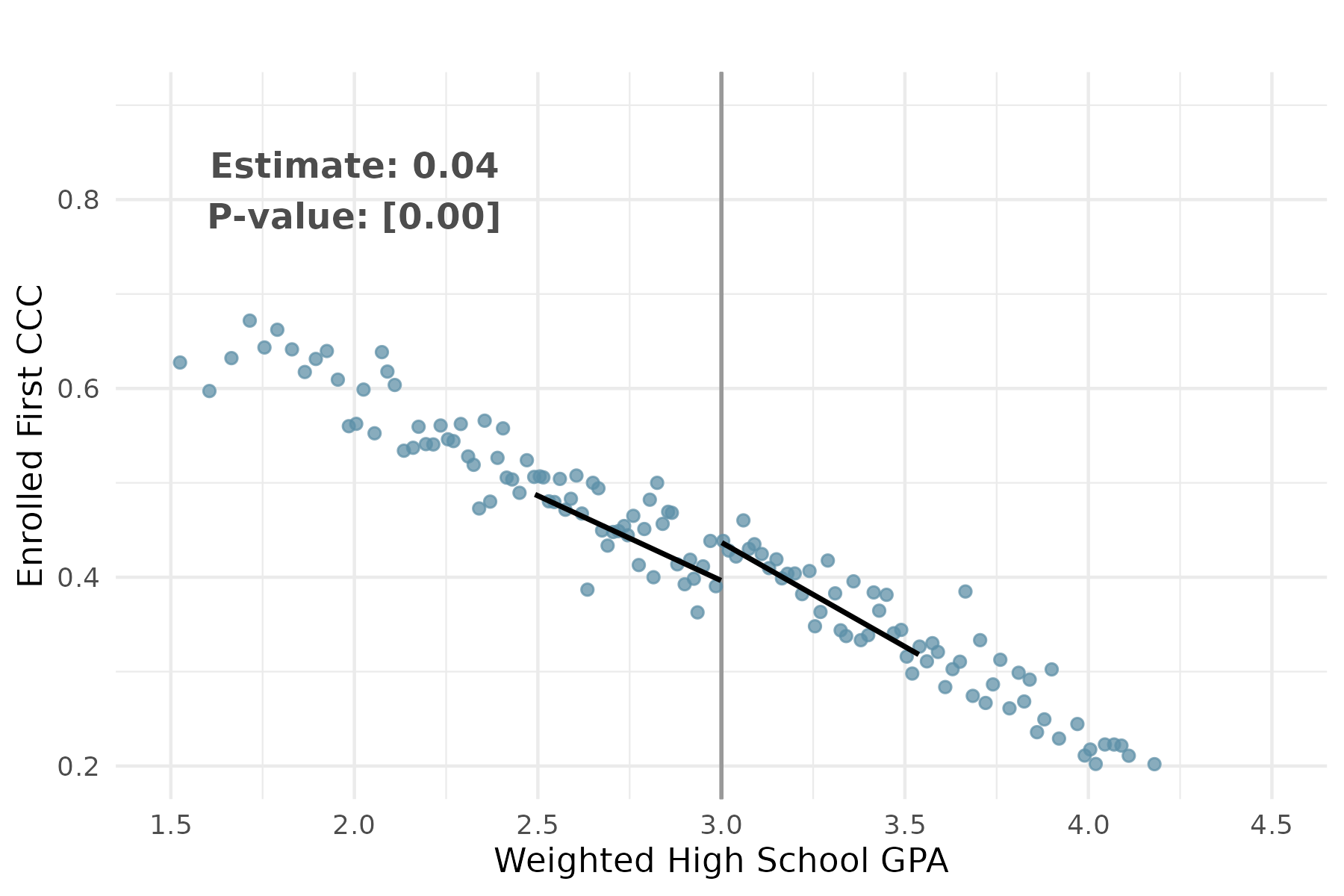
As the cost of college continues to rise, free community college has emerged as a strategic policy intervention aimed at improving access to higher education and alleviating the burden of student loans. While free community college offers a potentially lower-cost pathway through college, limiting financial aid exclusively to community colleges might have unintended consequences if it diverts students from attending better-resourced 4-year universities, which typically have higher completion rates. This study examines the impact of the Star Scholarship, a merit-based program in Chicago offering free community college tuition for high school graduates with at least a 3.0 GPA. Using a regression discontinuity design, we find that in the short run, free community college does not affect whether students enroll in college but does affect where they attend college, with a noticeable shift from students starting at 4-year universities after high school to beginning their higher education at community colleges. However, despite this initial diversion, in the long run, there is no evidence that becoming a Star Scholar reduces the probability that a student will eventually enroll in and complete a bachelor’s degree at a 4-year university. In fact, we observe positive but imprecise effects on both overall degree completion and 4-year degree completion six years after high school. At the same time, we see a 1.7 percentage point increase in the probability that a student earns a degree from a 2-year institution. Taken together, these findings suggest that, in our context, free community college increases overall degree attainment, without leading students to substitute 2-year degrees for 4-year degrees. Students who are likely to be from immigrant families have the greatest probability of taking up the scholarship. This finding highlights a significant gap in support for immigrant students pursuing higher education. This study contributes to our broader understanding of how financial aid design affects economic opportunity for different groups of students, providing valuable insights for policymakers aiming to increase college access and success.
“Supporting the Early Academic Momentum of Community College Students: Examining the Impact of Incorporating GPA into Course Placement” Link to Paper
with Kelly Hallberg, Adam Leader-Smith, Elijah Ruiz, Marvin Slaughter, and Courtney Washington
Abstract
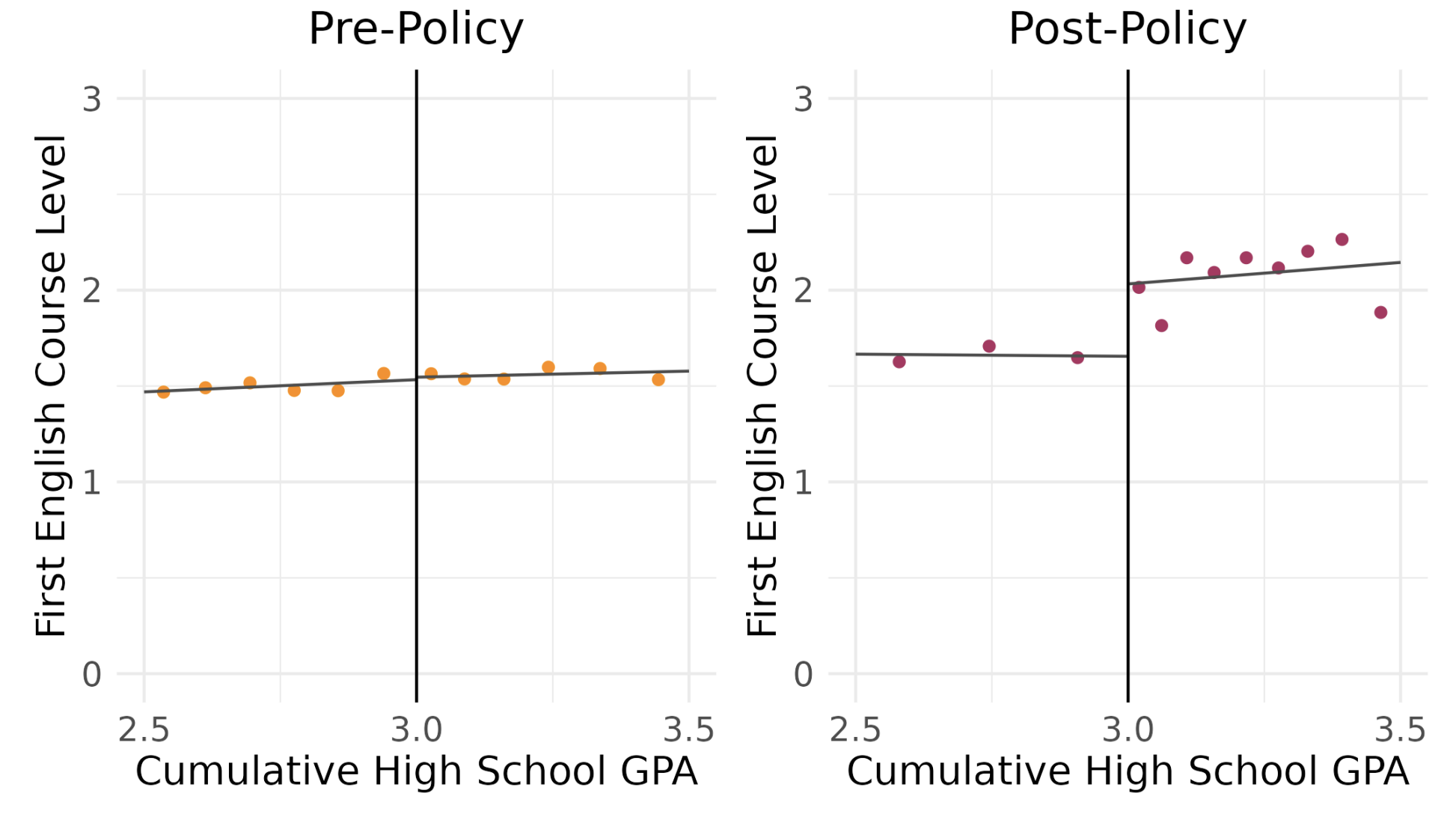
Placing community college students into their first math or English course is a critical decision with significant implications. Students placed into coursework that is too challenging may struggle to persist, while those placed into unnecessary developmental coursework may experience reduced academic momentum, delayed graduation, and increased costs. Recent research has found that using multiple measures for placement, like high school GPA alongside standardized test scores, can improve placement accuracy and student’s academic outcomes. This study assesses the impact of a new multiple measure placement policy at City Colleges of Chicago, which “boosts” students with a high school GPA of 3.0 or above into higher math and English course levels, reducing their need for developmental education. In practice, the math and English placement boost applied to fewer than 5 percent and 8 percent of students, respectively, with even fewer students taking advantage of the boosted placement. Despite the small number of affected students, using a difference in regression discontinuity design we find that access to a placement boost in math or English courses decreased the number of developmental courses taken by students without affecting overall academic performance or persistence. However, it also led to delayed course-taking for these required math and English courses. Qualitative findings from interviews with students revealed a lack of awareness about the policy, suggesting a need for better communication and easier transcript sharing between Chicago Public Schools and City Colleges to maximize policy benefits.
“Separation of Church and State Curricula? Examining Public and Religious Private School Textbooks” (Under Revision at The Review of Economic Studies) Link to Paper
with Anjali Adukia
Abstract
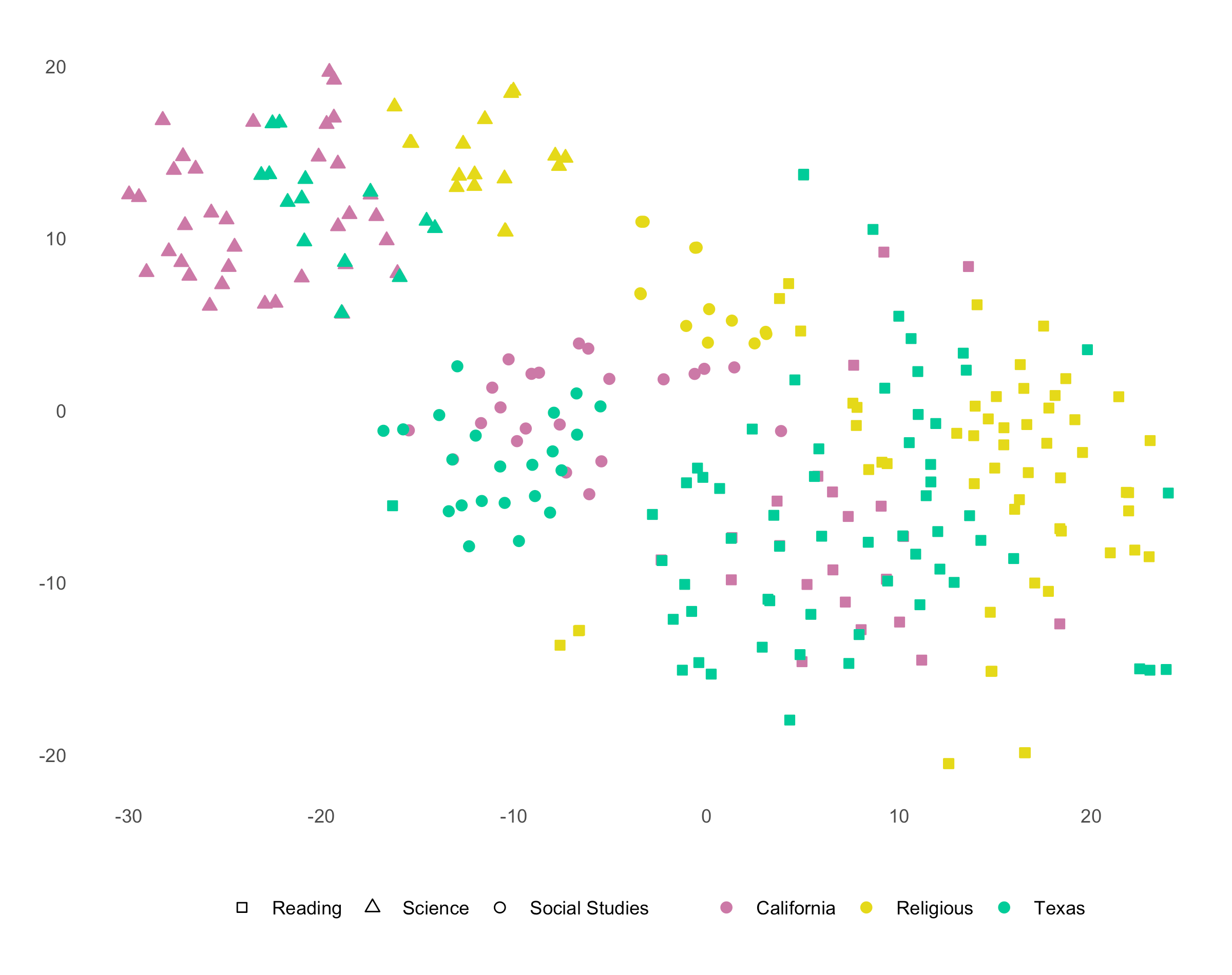
Curricular materials not only impart knowledge but also instill values and shape collective memory. Growth in U.S. school choice programs has increased public funds directed to religious schools, but little is known about what they teach. We examine textbooks from religious educational settings and from public schools in Texas and California, applying and improving upon computer vision and natural language processing tools to measure topics, values, representation, and portrayal over time. Political polarization suggests a narrative of divergence, but our analysis reveals meaningful parallels between the public school collections overall, while religious textbooks differ notably, featuring less female representation, characters with lighter skin, more White individuals, and differential portrayal of topics such as evolution and religion. Important similarities, however, also emerge: for example, each collection portrays females in contexts that are more positive but less active and powerful than males, and depicts the U.S. founding era and slavery in similar contexts.
Peer-Reviewed Publications
“What We Teach About Race and Gender: Representation in Images and
Text of Children’s Books”
Quarterly Journal of
Economics (November 2023)
with Anjali Adukia, Alex Eble, H. Birali Runesha, and Teodora Szasz
Abstract
Books shape how children learn about society and social norms, in part through the representation of different characters. To better understand the messages children encounter in books, we introduce new machine-led methods for systematically converting images into data. We apply these image tools, along with established text analysis methods, to measure the representation of race, gender, and age in children’s books commonly found in US schools and homes over the last century. We find that books selected to highlight people of color, or females of all races, consistently depict characters with darker skin tones than characters in “mainstream” books, which depict lighter-skinned characters even after conditioning on perceived race. Children are depicted with lighter skin than adults, despite no biological foundation for such a difference. Females are more represented in images than in text, suggesting greater symbolic inclusion in pictures than substantive inclusion in stories. Relative to the US Census, Black and Latinx people are underrepresented; whereas males, particularly White males, are persistently overrepresented. Our data provide a view into the “black box” of education through children’s books in US schools and homes, highlighting what has changed and what has endured over time.
[Press: Time Magazine, Wall Street Journal, School Library Journal, Code Together, Inequalitalks, FutureEd, The 74, Named one of the ten most significant studies of 2021 by George Lucas Foundation’s Edutopia]
“Tales and Tropes: Gender Roles from Word Embeddings in a Century of
Children’s Books”
Proceedings of
the 28th International Conference on Computational Linguistics
(October 2022)
Abstract
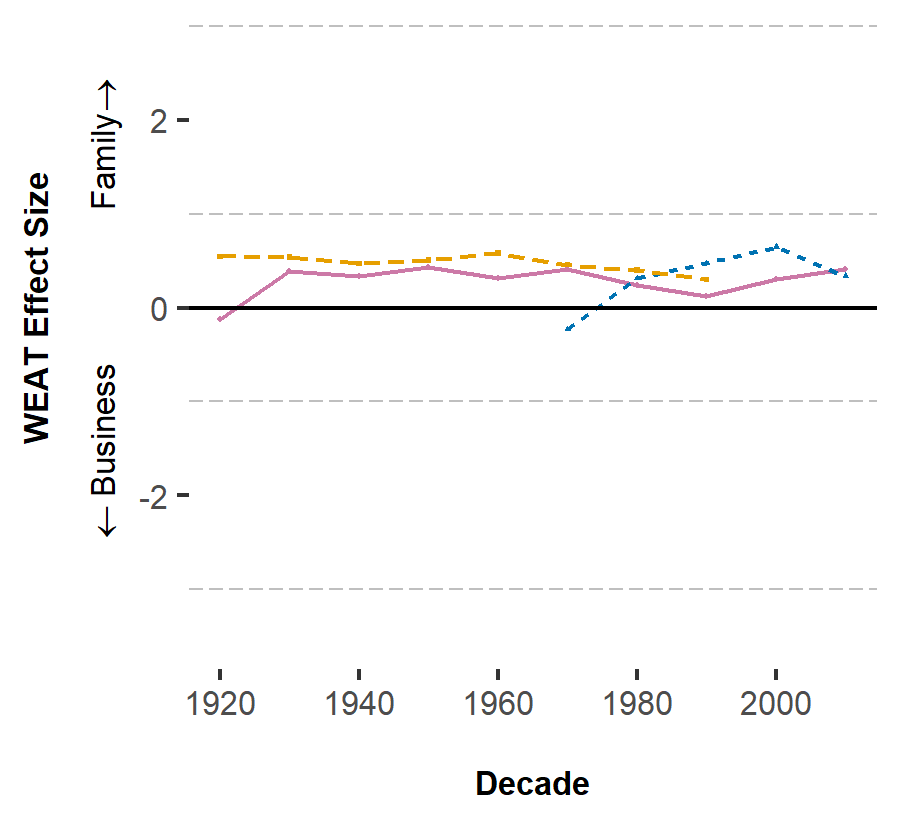
The manner in which gender is portrayed in materials used to teach children conveys messages about people’s roles in society. In this paper, we measure the gendered depiction of central domains of social life in 100 years of highly influential children’s books. We make two main contributions: (1) we find that the portrayal of gender in these books reproduces traditional gender norms in society, and (2) we publish StoryWords 1.0, the first word embeddings trained on such a large body of children’s literature. We find that, relative to males, females are more likely to be represented in relation to their appearance than in relation to their competence; second, they are more likely to be represented in relation to their role in the family than their role in business. Finally, we find that non-binary or gender-fluid individuals are rarely mentioned. Our analysis advances understanding of the different messages contained in content commonly used to teach children, with immediate applications for practice, policy, and research.
“Measuring Representation of Race, Gender, and Age in Children’s
Books: Face Detection and Feature Classification in Illustrated Images”
Proceedings
of the IEEE/CVF Winter Conference on Applications of Computer Vision
(January 2022)
Abstract
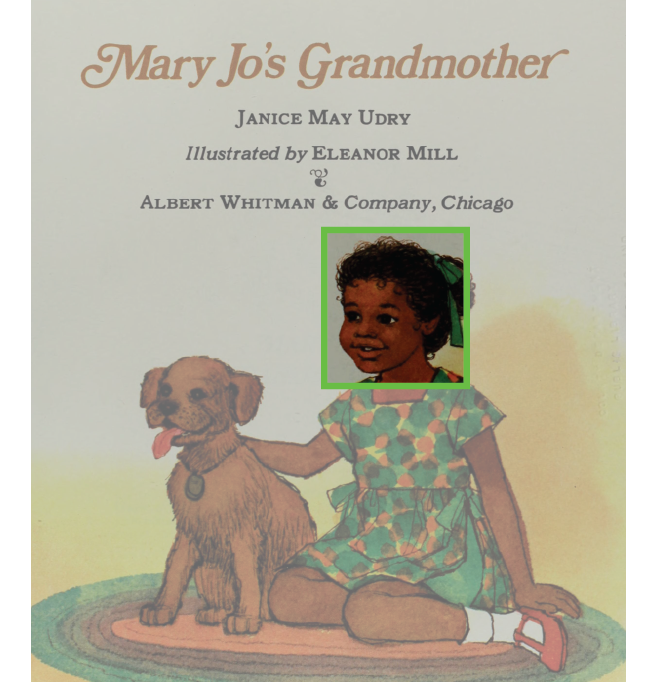
Images in children’s books convey messages about society and the roles that people play in it. Understanding these messages requires systematic measurement of who is represented. Computer vision face detection tools can provide such measurements; however, state-of-the-art face detection models were trained with photographs, and 80% of images in children’s books are illustrated; thus existing methods both misclassify and miss classifying many faces. In this paper, we introduce a new approach to analyze images using AI tools, resulting in data that can assess representation of race, gender, and age in both illustrations and photographs in children’s books.
Other Publications
“Redesigning Developmental Education Placement Policies: A Case Study of City Colleges of Chicago’s Approach” The Inclusive Economy Lab (May 2023)
“What Award Winning Books Teach Children About Race and Gender” The Brown Center Chalkboard (June 2023)
with Anjali Adukia, Alex Eble
Selected Works In Progress
“Unpacking the Long-Term Impact of Holistic Supports for Community College Students”
with Kelly Hallberg
“Skin Color, Marriage Markets, and Women’s Empowerment in Bangladesh”
with Anjali Adukia, Nina Buchmann, Erica Field, and Rachel Glennerster
“Influencing Identities: The Impact of Content Creators on Character Representation and Portrayal”
with Anjali Adukia and Jake Nicoll
